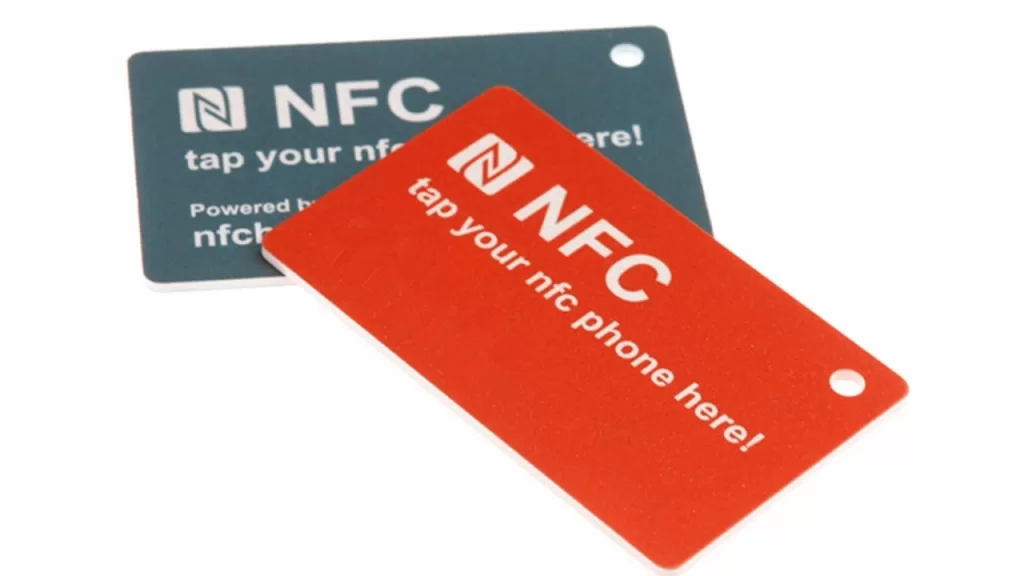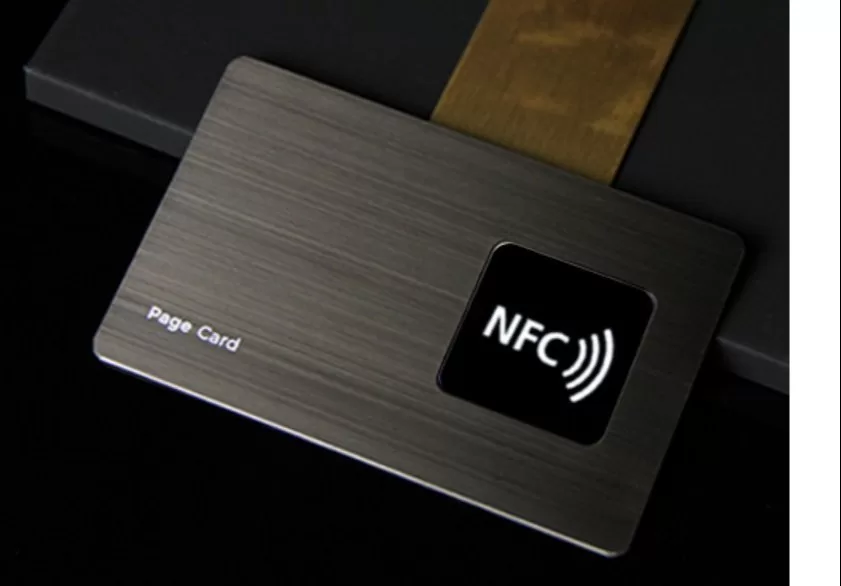
How NFC powered loyalty cards drive repeat customers in retail?
The retail industry prioritises customer retention. NFC powered loyalty cards provide a low-friction touchpoint at checkout and offer marketing teams valuable behavioral data. Furthermore, they enable stores to reward customers and track their long-term purchasing patterns instantly. This allows retailers to transition from sporadic discounts to targeted incentives, thereby increasing customer visit frequency. Furthermore, these cards streamline employee workflows and minimise human error at the checkout counter. In short, NFC loyalty cards can transform occasional shoppers into regulars, delivering measurable ROI.
Instant and frictionless check-in
Shoppers dislike extra steps during checkout and often abandon slow flows. An NFC-powered loyalty card enables customers to tap to register visits, collect points, or redeem offers in one motion. Therefore, queues shorten and staff can focus on service rather than data entry. Moreover, instant taps create a habit loop that encourages repeat visits. Additionally, contactless signup at the point of sale enhances membership capture, eliminating the need for paper forms and manual entry. Then, stores see participation rise and the program scales without incurring heavy acquisition costs.

Real-time reward visibility
Customers respond to immediate, transparent feedback about rewards and status. NFC-powered loyalty cards update balances and tiers instantly after each purchase, allowing members to see their progress immediately. Consequently, shoppers are aware of how close they are to the next reward and plan their return visits accordingly. Furthermore, retailers can push short-term, targeted offers to stimulate immediate visits. Also, transparent balances reduce disputes and lower customer service load. Therefore, trust grows, and redemption rates climb as customers experience quick wins.
Personalisation driven by behavioural data
Every tap generates a data point that records visits and product preferences. NFC-powered loyalty cards enable accurate segmentation and tailored promotions based on actual behaviour. Thus, marketers send offers that match customer needs rather than generic discounts. Moreover, personalisation increases average basket size and conversion rates. Additionally, predictive analytics refine the timing and content for each cohort. Therefore, modest investments in analytics convert tap events into repeatable revenue and higher lifetime value for engaged segments.
Omnichannel integration and convenience
Customers often transition between online browsing and in-store shopping. NFC-powered loyalty cards are linked to mobile apps and e-commerce profiles, enabling points to be synced across channels and sessions. Therefore, shoppers can check their balances from home and redeem them in-store or online with ease. Moreover, this cross-channel integration supports unified campaigns that combine push messages with in-store triggers. Additionally, unified profiles enhance measurement and eliminate duplicate promotions. Consequently, omnichannel programs keep the brand present between visits and increase overall engagement.

Added features and member experience
Beyond points, NFC-powered loyalty cards support coupons, VIP access, and event invitations, which increase perceived value. For example, a single tap can validate early product access or a member discount at checkout. Moreover, brands can combine loyalty with simple stored-value or payment features to increase the token’s utility. Also, light gamification and surprise rewards boost emotional connection and social sharing. Therefore, engagement metrics improve, and churn falls. In practice, a physical NFC card often serves as a memorable token that customers keep and reuse, thereby increasing repeat usage.
Measurement, privacy, and operational best practices
You must measure program impact while protecting customer data. NFC-powered loyalty cards offer clear KPIs, including visit frequency, redemption rate, incremental revenue per member, and cohort churn. Therefore, run controlled A/B tests and iterate offers based on measurable outcomes. Moreover, minimise the storage of personal data and apply tokenisation to reduce privacy risks. Additionally, prepare procedures for handling lost or replaced tokens and train staff on secure enrollment and troubleshooting procedures. Then automate reconciliation and reporting so the team can act on trends quickly, rather than relying on hunches.

Sustaining repeat customers with NFC-powered loyalty cards
To sustain repeat business, keep rules simple and rewards tangible. NFC-powered loyalty cards perform best when signup is fast, benefits are achievable, and staff consistently promote enrollment. Additionally, refresh offers are periodically made and re-engage dormant members with targeted incentives based on their past behaviour. Moreover, combining physical tokens and mobile follow-ups allows for catering to varied customer preferences and maintaining a presence between visits. Finally, protect high-value accounts with stronger authentication and consider enterprise-grade secure options, such as smart cards, where appropriate. Track ROI monthly and adjust offers accordingly to maximise program performance regularly.


